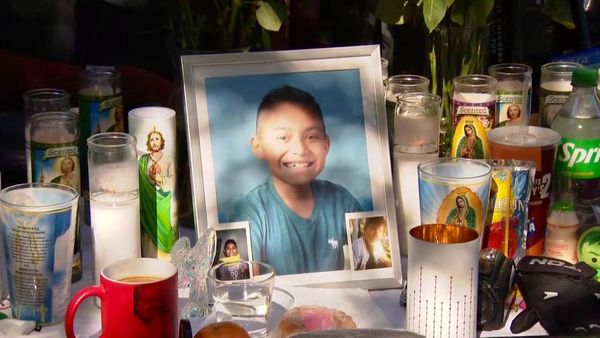Halloween is a big deal in the U.S. Around 70% of Americans say they celebrate Halloween, and it doesn’t matter whether you’re a kid or a grown-up, there’s something for everyone to do! However, some funsies might be inappropriate for kids, especially if it involves more revealing costumes and alcohol.
So, adult-only Halloween parties should make sense, right? Not for this mom, though, who got mad at her cousin for organizing an 18+ Halloween party and refusing to let her kids attend. The host demonstrated to the mom that not everybody’s world revolves around someone else’s kids.
A woman refused to let her cousin’s kids attend her Halloween party since they ruined it last year

Image credits: seleznev_photos / Envato (not the actual photo)
The mom felt this was mean and uncalled for, so she called her cousin out for planning an adults-only party this year







Image credits: Iakobchuk / Envato (not the actual photo)


Image credits: that1girlnamedemily
Some tips on how to say ‘no’ to a party with children

Image credits: Getty Images / Unsplash (not the actual photo)
Throwing an adults-only Halloween party is similar to throwing a child-free wedding. The logic is simple: sometimes grown-ups just want to have fun by themselves. And while hosts sympathize with parents and how hard it can be to find childcare, they really don’t want the surprise of parents showing up to their party with kids.
But how do you let someone know in a nice way that their kids are not welcome at your party? Brides have some suggestions:
- Tell them early. If you’re organizing a party without children, let parents know well in advance.
- Don’t make exceptions. Remain firm about your decision, even if some parents ask to bring their kids and make convincing excuses. Also, don’t only ban some children – that might insult some parents for real. If it’s a child-free party, that means no children at all.
- Let the word spread organically. Tell your other friends who will be attending to let it be known that this will be a Halloween party for people over 18. Guests often talk to each other about costumes and what to bring to the party, so they’ll likely talk about this too.
- Know that some parents might get mad. Prepare to have some difficult conversations where parents might accuse you of being heartless, unsupportive, and a children-hater.
- Make your reasoning short. Several excuses can work in this situation: perhaps that there will be alcohol served and it’s not the right environment for children. Maybe you don’t have the budget to provide entertainment for the children, too. Or maybe the party theme will be too adult-centric; either way, don’t explain yourself too much.
Originally, Halloween wasn’t exactly a children’s holiday either way

Image credits: Curated Lifestyle / Unsplash (not the actual photo)
Halloween might seem like a kids’ holiday. You dress up, you go trick-or-treating from door to door, or enjoy some entertaining spooks like a haunted house. Yet originally, Halloween wasn’t really for kids.
Halloween as we know it originated from the Celtic festival of Samhain. Samhain wasn’t about partying or trick-or-treating, but about the end of the harvest season. People used to associate winter with passing, so the festival would include the symbols of ghouls and ghosts.
People would light bonfires and dress up to ward off the Grim Reaper. Nowadays, we put on costumes, but the Irish used to do something very similar: ‘guising.’ Masks and costumes would allow people to change their personalities and communicate with the spirit world.
There was a certain form of trick-or-treating, too. On All Souls’ Day, November 2nd, people (particularly the poor) would go from door to door and ask people for food in exchange for prayers or songs. This was called ‘souling,’ as they would beg for food on behalf of the deceased.
Souling was an activity that involved children, and the kids would be called ‘soulers.’ Sometimes adults would do it too, but only if they were really poor. There was a nice symbolism to the food items too: they would get a sweet, round “soul cake” with a cross on top. When they would eat the cake, the soul of the deceased would be freed.
Back then, Halloween wasn’t really as fun and kid-friendly as it is now. The rituals of warding off ghosts and praying around bonfires were rather more serious and adult-friendly, focused on spirituality instead of entertainment and spooks.
It wasn’t until the mass immigration to the U.S. during the second half of the 19th century that Halloween became a remnant of what it is today: fun, wackily spooky, and, of course, commercialized.
The party didn’t even take place on Halloween, but on the Saturday after it


People advised the woman to stop inviting her cousin to parties if she can’t stick to the rules


















But the host came up with a plan to trick her cousin, even if she decided to show up with the kids






Image credits: nansanh / Envato (not the actual photo)









